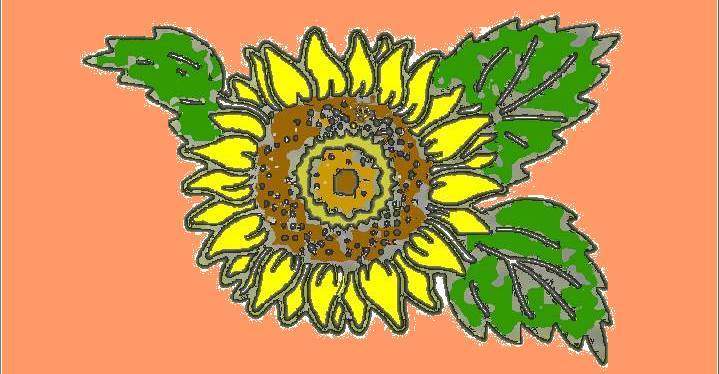
 |
||||||||
|
US CAMPAIGN TO ABOLISH NUCLEAR WEAPONS |
US CAMPAIGN TO ABOLISH NUCLEAR WEAPONS Part of the Abolition 2000 Global Network Background and History In May 1995, during the Nuclear Non-Proliferation Treaty (NPT) Review and Extension Conference at the United Nations in New York, Non-Governmental Organizations (NGOs) from around the world recognized that the basic issue of nuclear abolition wasn’t being discussed. A large number of these NGOs came together and drafted the 11-point Abolition 2000 Statement, which calls for “the definite and unconditional abolition of nuclear weapons.” The Abolition 2000 Statement, as its number one demand, calls for immediate initiation of negotiations on a verifiable nuclear weapons abolition convention (treaty) that requires the elimination of nuclear weapons within a timebound framework. The Abolition 2000 Statement recognizes “the inextricable link between the ‘peaceful’ and warlike uses of nuclear technologies,” and calls for the establishment of an international energy agency to promote and support the development of sustainable and environmentally safe energy sources. The Abolition 2000 Statement became the basis for the Abolition 2000 Global Network to Eliminate Nuclear Weapons, which was launched in November 1995 in The Hague, Netherlands, during the historic hearings before the International Court of Justice on the illegality of nuclear weapons. At its January 1997 annual general meeting in Moorea, Te Ao Maohi (French Occupied Polynesia), which was hosted the Hiti Tau, an umbrella organization of indigenous peoples’ groups, the Moorea Declaration was adopted as a supplement to the Abolition 2000 Statement. The Moorea Declaration recognizes the particular suffering of indigenous and colonised people as a result of the nuclear cycle. To date, over 1500 groups in 92 countries have enrolled in the Abolition 2000 Global Network to Eliminate Nuclear Weapons. The Network seeks to enroll 2000 groups by NPT 2000 Review Conference. The Nuclear Age Peace Foundation in Santa Barbara serves as the international clearinghouse for Abolition 2000. There have been a number of gatherings around the U.S. since 1995 to try and pull together a U.S. abolition network. For example, a nuclear abolition “summit” was held in Las Vegas and at the Nevada Test Site in 1996. In spring 1998 an ad hoc group of activists met in New York to talk about launching a campaign, but decided that more people needed to be involved. That led to a larger meeting in Chicago in October 1998. About 70 people took part in a one-day meeting during which several different political and philosophical approaches emerged. No substantive agreement was reached, but it was agreed that an “interim coordinating committee” would plan a longer meeting, and that funds would be raised from the participating groups to ensure that representatives from diverse and directly affected communities would be able to participate. Approximately 60 people took part in a three-day meeting held in Santa Barbara, California in February 1999, including national and local peace and environmental groups, downwinders and atomic veterans, Native Americans and African Americans. Consensus was reached on a Mission Statement and on the Santa Barbara Declaration, and working group conveners were identified. In addition, work was begun on a “Draft Statement on Democracy, Power and Nuclear Weapons” and a drafting committee was convened to continue the process. Ideas for a campaign name, structure and activities were put forward and discussed, without reaching any conclusions. A “Facilitators’ Group,” made up of volunteers, was given a 6-month mandate to 1) formulate a longer-term structure; 2) bring forward strategic activities; 3) suggest a name for the campaign; 4) plan the next meeting. Over the next 8 months, the Facilitators’ Group communicated by frequent telephone conference calls and e-mail. They formulated the “Network-Plus” structure proposal and consulted with various constituencies about the name, coming up with “US CAMPAIGN TO ABOLISH NUCLEAR WEAPONS” as the provisional choice. They also planned and organized a 3-day meeting and campaign launch in Ann Arbor, Michigan in October 1999, and raised funds from among the participating groups to make travel subsidies available to those who needed them, and to cover basic meeting expenses. The Ann Arbor meeting resulted in the launch on October 11, 1999, of the US CAMPAIGN TO ABOLISH NUCLEAR WEAPONS, PART OF THE ABOLITION 2000 GLOBAL NETWORK. | |||||||